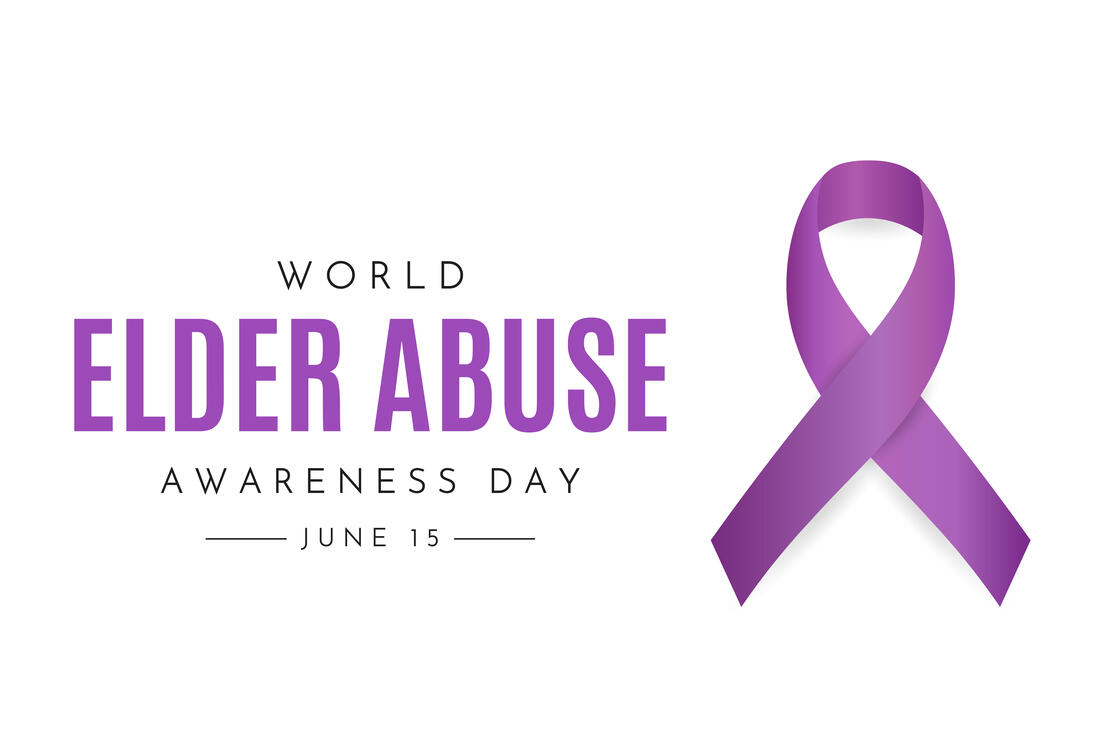Understanding and Preventing Elder Abuse: Types, Signs and Tips for Families and Caregivers

Every year, on June 15, World Elder Abuse Awareness Day (WEAAD) is recognized. Its purpose is to provide an opportunity for communities around the world to promote a better understanding of abuse and neglect of older persons by raising awareness of the cultural, social, economic and demographic processes affecting elder abuse and neglect. Elder abuse is a hidden crisis that can take many forms, from physical harm to emotional neglect. As families and caregivers, understanding the types, signs and prevention strategies is crucial in protecting our loved ones.
At LifeBridge Health’s Center for Hope, we work year-round to provide seniors, caregivers and their families with the resources and support they need to live with dignity. In this piece, we define the different types of elder abuse, how to recognize them and practical tips for prevention.
Types of Elder Abuse
Elder abuse can be broadly categorized into several types:
- Physical Abuse: Any use of physical force that can result in injury, pain or impairment. Examples include hitting, slapping, pushing or improper use of restraints.
- Emotional or Psychological Abuse: Verbal and non-verbal actions that inflict mental pain, distress or anguish. Insults, threats, humiliation and isolation are common forms.
- Sexual Abuse: Any non-consensual sexual contact with an older adult.
- Neglect: The failure to fulfill caregiving obligations, leading to harm or distress. This includes failing to provide essential services such as food, water, shelter, clothing, hygiene and medical care.
- Financial Exploitation: The illegal or improper use of an elder’s funds, property or assets. It can include stealing money, forging signatures or coercing the older adult into signing documents.
- Healthcare Fraud and Abuse: Overcharging, double billing for medical care or services, receiving kickbacks for referrals or providing substandard care.
Recognizing the Signs
Identifying elder abuse can be challenging, but there are warning signs that can help. Here are some indicators to watch out for:
- Physical Abuse: Unexplained bruises, burns, scars, broken bones, sprains and reports of drug overdose or apparent failure to take medication regularly.
- Emotional Abuse: Withdrawal from normal activities, sudden changes in alertness, unusual depression, strained or tense relationships and frequent arguments between the caregiver and elderly person.
- Sexual Abuse: Bruises around the breasts or genital area, unexplained venereal disease or genital infections and unexplained vaginal or anal bleeding.
- Neglect: Unusual weight loss, malnutrition, dehydration, untreated physical problems, unsanitary living conditions, being left dirty or unbathed and unsafe living conditions.
- Financial Exploitation: Significant withdrawals from the elder’s accounts, sudden changes in the elder’s financial condition, items or cash missing from their household and suspicious changes in wills, power of attorney, titles and policies.
Tips for Preventing Elder Abuse
Preventing elder abuse requires vigilance and proactive measures. Here are some practical tips for families and caregivers:
- Stay Connected: Regular contact with your parents, grandparents or patients can help you notice changes in their behavior or physical condition. Frequent visits, phone calls and video chats can make a big difference.
- Educate Yourself: Learn about the signs of elder abuse and neglect. The more you know, the better equipped you’ll be to spot potential abuse.
- Build Trust: Encourage open communication with your elderly loved one. Make them feel safe to speak about their concerns and experiences.
- Monitor Caregivers: If your loved one has a caregiver, monitor their interactions closely. Drop in unexpectedly to see how they’re being treated.
- Financial Safeguards: Keep an eye on the elder’s financial transactions. Set up automatic bill payments and minor accounts for unusual activity.
- Legal Protections: Ensure that all legal documents, such as wills and powers of attorney, are up-to-date and reflect the elder’s wishes. Be wary of sudden changes.
- Report Suspected Abuse: If you suspect elder abuse, report it immediately. Contact adult protective services or law enforcement in your area.
Protecting Maryland’s older and more vulnerable adults is a community responsibility. It is up to all of us to ensure that proper social structures exist so elders can retain community and social connections. Center for Hope offers an Elder Justice Program that provides team-oriented crisis response, resource navigation, multi-disciplinary team case review and forensic interviewing.
If you need support or suspect abuse, don’t hesitate to contact the Elder Justice Program at Center for Hope! In partnership with experts at Levindale and Sinai hospitals, our team can provide the resources and assistance you need.